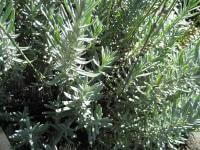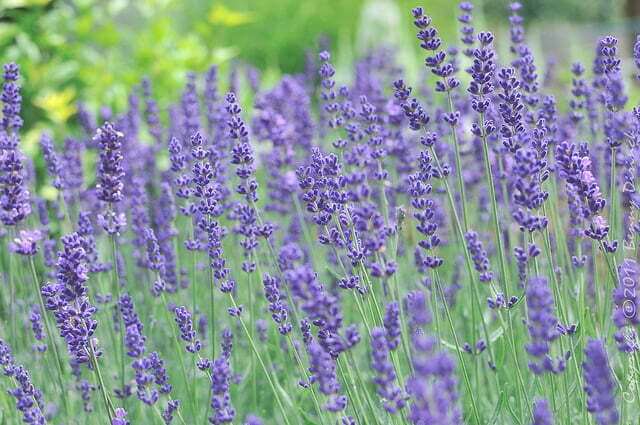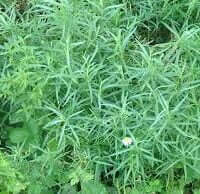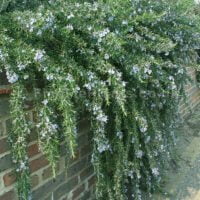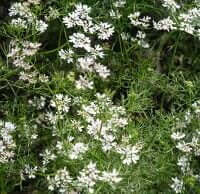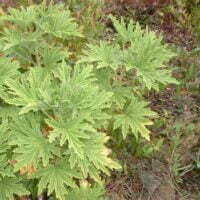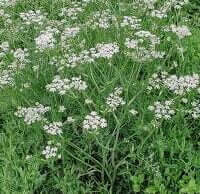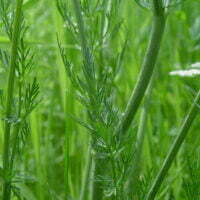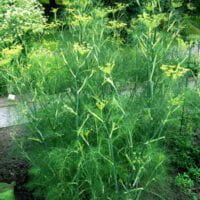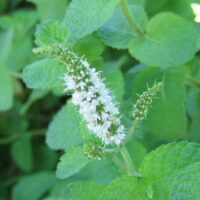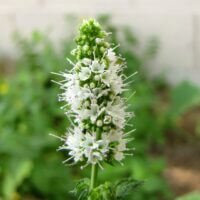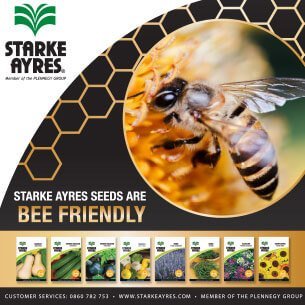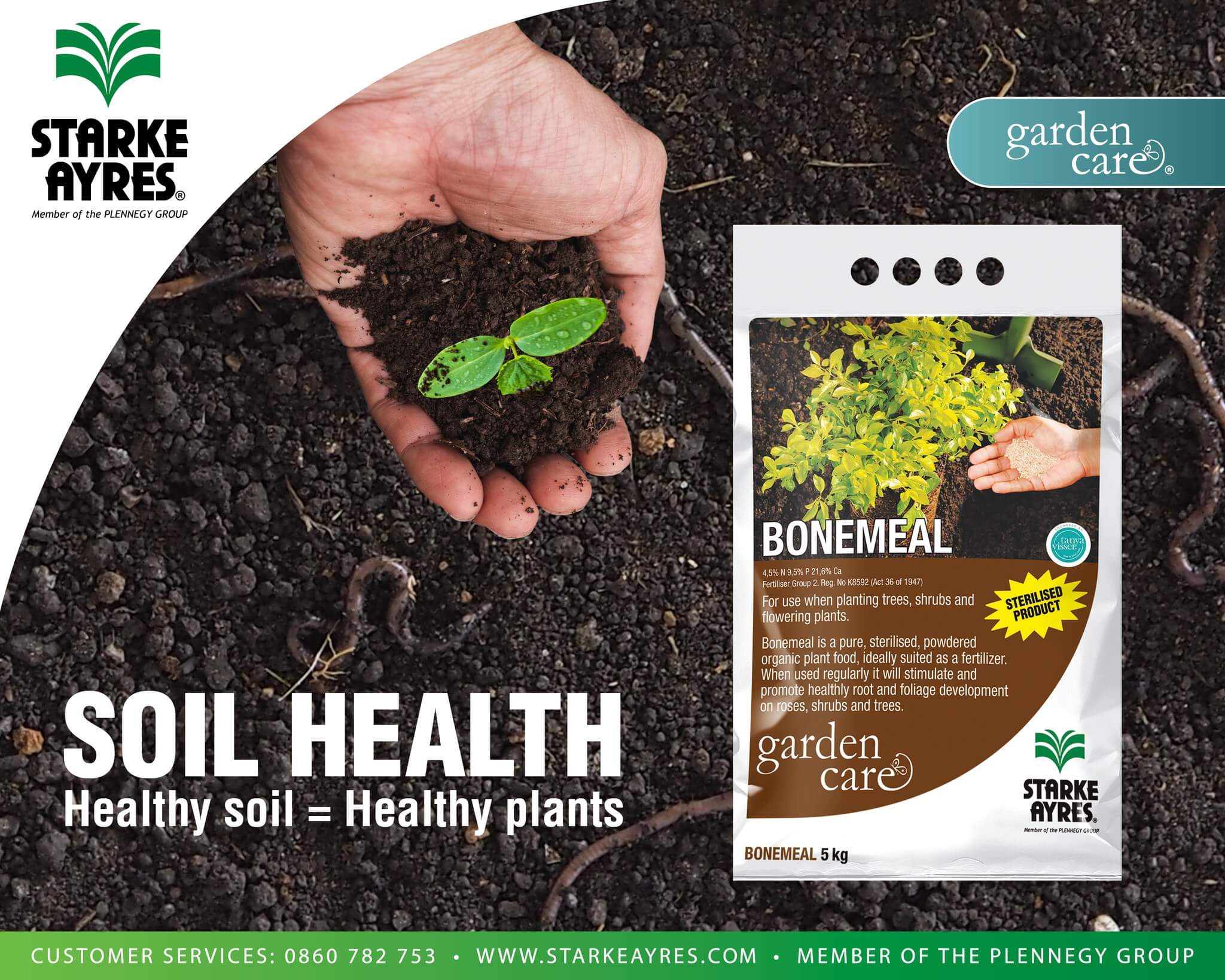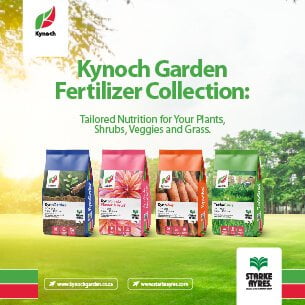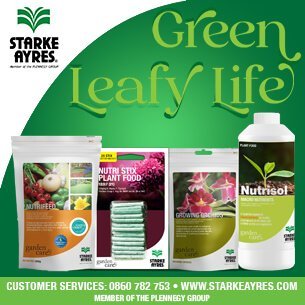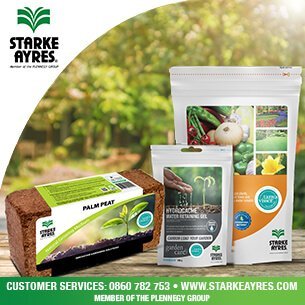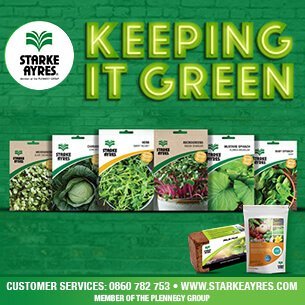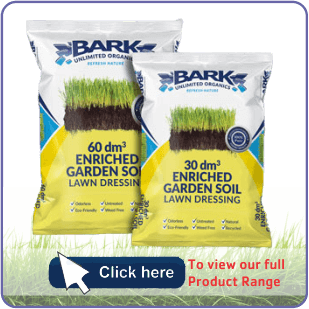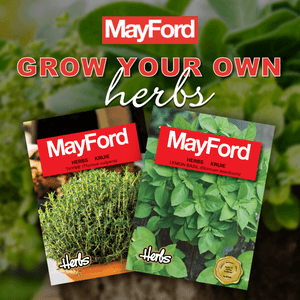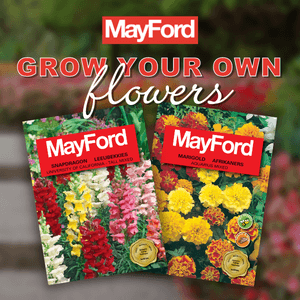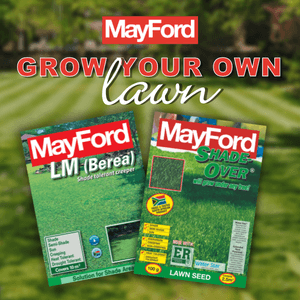| Botanical name | Lavandula species |
|---|---|
| Plant Care |  Full Sun Full Sun – Prefers 6 or more hours of sun per day.  Semi Frost Hardy Semi Frost Hardy – Is Able to Survive Moderately Low Temperatures.  Moderate Watering Moderate Watering – Requires Regular Watering.  Pruning Required Pruning Required – Needs to be Pruned.  Non Indigenous Non Indigenous – Exotic to South Africa. |
| Size | |
| Categories | |
| Flowers | This herb plant has purple, blue, lilac, white or pink flowers. |
| Common name(s) | Lavender |
| Origin | |
| Foliage | Herbaceous perennial shrubs with grey-green aromatic herbaceous foliage. |
| Planting instructions | Lavenders need well-drained soil and a sunny position. |
| Maintenance | Cut bushes back to encourage compact growth and remove dry twigs. Lavender can be badly affected by frost, and should be covered in winter. |
| Soil conditions | Lavenders do best in dry, well-drained soil. |
| Uses | Both foliage and flowers are used to flavour sweet or savoury dishes and for fragrance, particularly in cosmetics and pot pourris. |
| Wildlife attractions | Bees and butterflies. |
| Interesting planting ideas | Plant near vegetable garden to attract bees and butterflies, which helps with pollination and it keeps out any pests. Any plant near lavender will be free of aphids, whitefly and even mildew. |
| Propagation | Propagate by seed or from semi-hardwood cuttings taken in midsummer. |
| Harvest | Pick leaves and flowers when required. |
Lavandula species (Lavender)
- Botanical name: Lavandula species
- Common name(s): Lavender
- Categories: Herbs
Plant description:
Herbaceous perennial shrubs with grey-green aromatic foliage and purple, blue, lilac, white or pink flowers. Both foliage and flowers are used to flavour sweet or savoury dishes and for fragrance, particularly in cosmetics and potpourris.
Family: Lamiaceae
Botanical Pronunciation: la-ven-DO-la
Lavandula species requirements and features
info on these icons
Moderate Maintenance
Requires moderate maintenance.
Prohibited Use Notice: No Data Scraping Allowed Except for Search Engine Indexing:
The content provided on PlantInfo.co.za is intended for personal, non-commercial use only. Unauthorized extraction, reproduction, or use of the data, including scraping, for any purpose other than search engine indexing is strictly prohibited. Violations of these terms may result in legal action. By accessing and using this website, you agree to comply with these conditions and acknowledge the legal restrictions on the use of our content.
This herb plant has purple, blue, lilac, white or pink flowers.
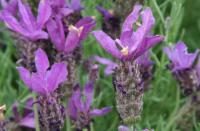
Herbaceous perennial shrubs with grey-green aromatic herbaceous foliage.
